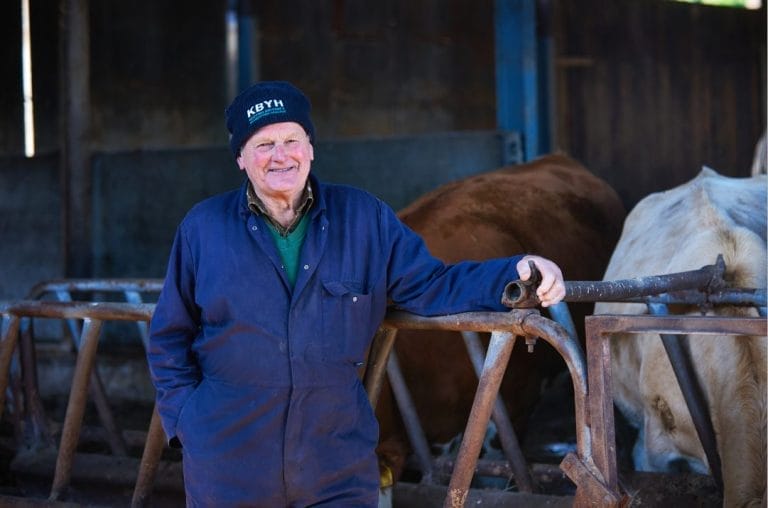“Ensuring a high yield of an energy rich crop which matures quickly, to ensure harvesting in good conditions and to allow a successor crop to be established is the goal of modern maize production,” he comments.

Brian Copestake – UK Sales Manager
“With modern early maturing varieties, there is less of a trade-off between maturity date and yield so there is no reason why high yielding, high quality crops cannot be achieved by mid-September in most maize growing areas.”
Mr Copestake stresses the importance of field choice and seed bed preparation in minimising risk. He says if a crop is able to get away quickly and strongly then the chances of success are greatly increased.
“The most important thing is to ensure good seed to soil contact with adequate moisture, to ensure rapid root development and a good supply of nutrients to the young plant.”
To preserve moisture and maximise seed to soil contact, seedbed preparation should be left until soon before drilling. The top 5cm needs to be worked to a fine tilth. Drilling should not take place until the soil temperature is at least 8°C and then sow to a depth where the seed is in contact with moisture, between 3-8cm depth depending on soil type.
“If the field conditions will not be right then question if the crop should be drilled at all, as the risk of a poor crop will be increased. This is another place where early maturing varieties can help reduce risk. As they require fewer Ontario Heat Units (OHU) to mature and a shorter growing season, it may be an option to delay drilling to ensure a better seedbed.
“Advances in genetic selection also mean it is now easier to select early maturing varieties for a timely harvest helping ensure well-fermented high quality forage is available to use sooner, whether for feeding livestock or for use in AD plants.
“The starting point has to be selecting a variety suited to the average OHU accumulated at your location,” he says. “Many new varieties like Resolute and Conclusion will produce high yields of a top-quality feed while also maturing sooner. Having shortlisted varieties which will grow well at your location, it is important to consider early vigour as you want a crop which will germinate quickly.
“Then look at the production potential as there are considerable ranges in dry matter yield and energy content, thanks in no small part, to breeding varieties with improved cell wall digestibility (CWD) which improves the access to the 50% of the crop’s total energy which is found in the vegetative parts of the plant.
“For example, Resolute is FAO 190 and a first-choice variety on this year’s BSPB/NIAB list. The combination of high starch and CWD mean it produces 214,591MJ/ha, which is 7% more than average and give a superior return on investment combined with early harvesting. The extra energy would be worth £774/ha in increased milk production.”
Mr Copestake also stresses the need for effective seed treatments, commenting that most farmers opted for a bird repellent with Mesurol (methiocarb) the market leader. Since Mesurol was banned in 2020 Korit (Zirame) has stepped up as the replacement.
“A single action seed treatment has severe limitations so new developments have focussed on seed treatments with more than one mode of action to ensure a return on investment by also ensuring faster germinating and more robust crops.”
Korit® Pro combines three different modes of action. Alongside the bird repellent properties of Zirame, it contains a fungicide to protect the young plant from Rhizoctonia, which causes stem and root rot.
it contains a fungicide to protect the young plant from Rhizoctonia, which causes stem and root rot.
“By also adding Sedaxane to Korit® Pro, plants are protected from infection and have improved root development, helping them get away strongly. The addition of manganese and zinc not only improves root development and stem elongation but also increases photosynthesis activity.
“The combination of careful variety selection, seed treatment choice and attention to detail on field choice and seed bed preparation can help reduce the risks associated with maize growing and ensure top-quality forage harvested in optimum conditions,” Mr Copestake concludes.

































